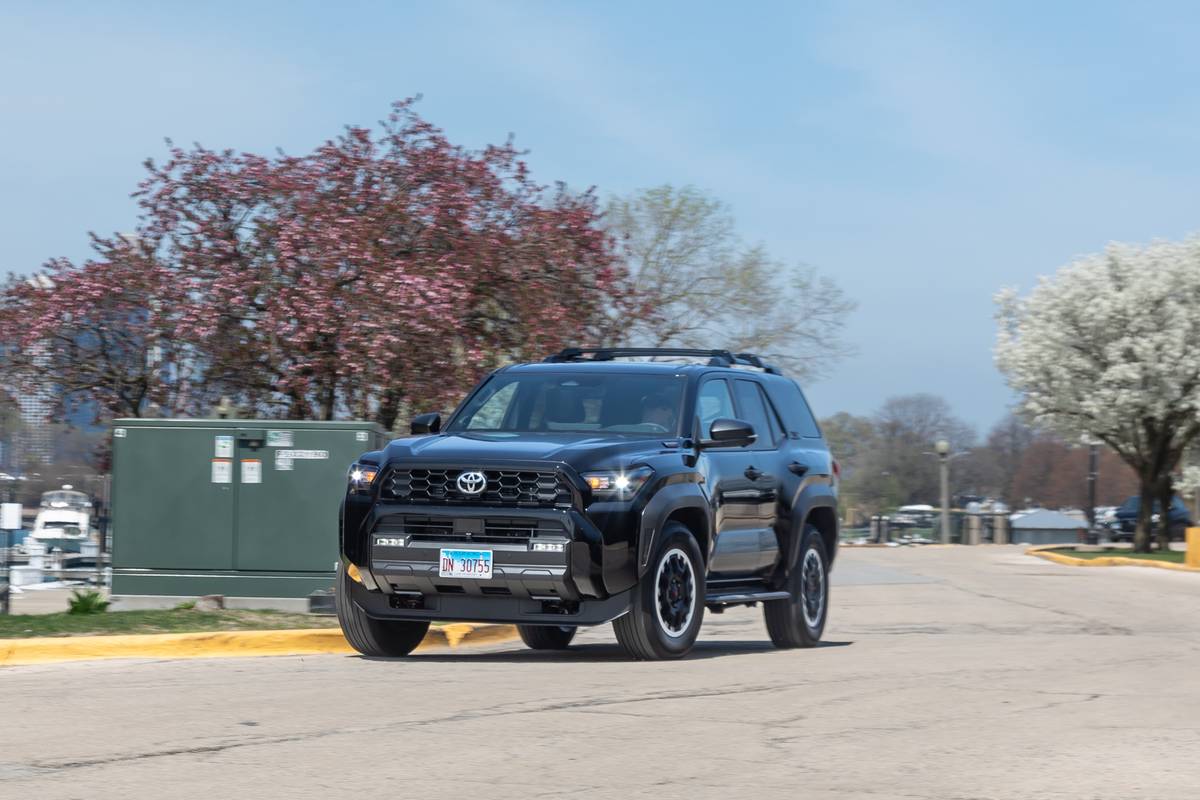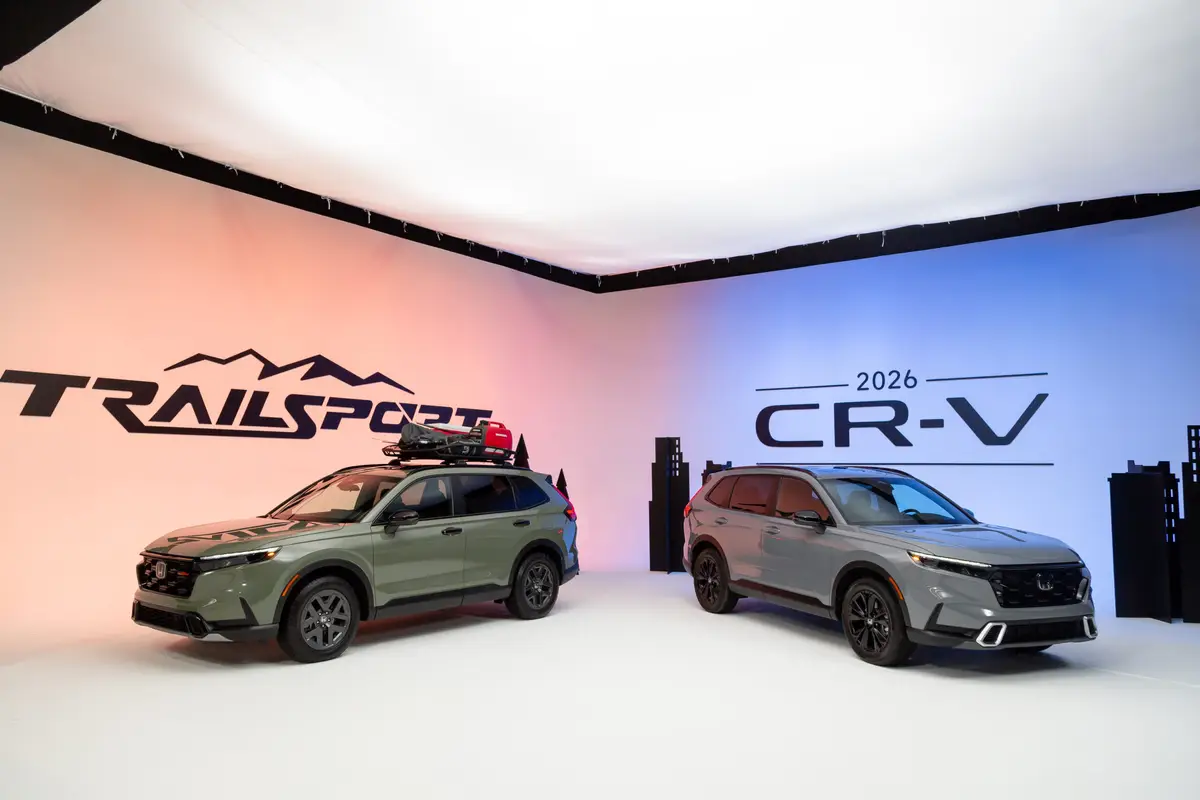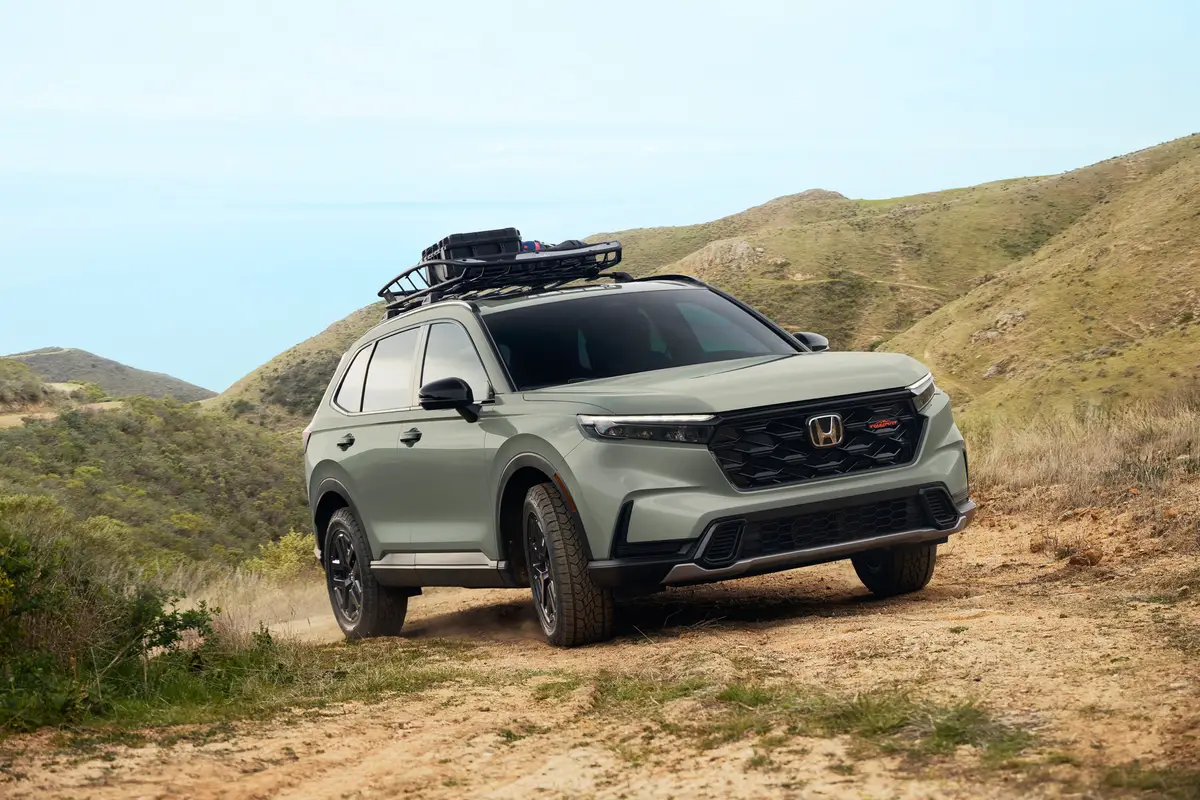Boston.com's view
There used to be a joke that a Mercury is just a Ford with the bolts torqued tighter.
It was based on the perception – correct in many cases – that American cars were inferior to foreign models and that little differentiated one domestic from another.
Today, thanks in part to that foreign pressure, Americans shopping for domestic autos have plenty of quality from which to choose, even as many of these cars remain distinctly American in flavor.
The 2000 Mercury Sable LS is a case in point.
Redesigned this year – lowered at nose and rear, a smooth line running up over windshield and high roof and linking the ends in a graceful arc – the sedan is a sleeker looking car than in the past.
The Sable comes as a wagon, as well, and engine options include a pair of 3.0 liters, one turning out 153 horsepower, the other, 200 horsepower. With the bigger engine I got just over 24 miles per gallon.
Inside, the car is big, broad American. In the LS model tested, the leather seats are wide and firm, essentially five bucket seats. The thigh support up front is very good, though bucket seats need better lateral support ridges than the Sable seats offer.
The dash is deep up top and angles away nicely below, affording plenty of legroom up front. Rear leg room is ample, as well.
A new feature – one that ought to catch on everywhere – is height adjustment (about 3 inches) on the gas and brake pedals. Push a button on the side of the driver’s seat and the pedals come to or move away from you. For short drivers, this means they no longer have to move the seat far forward, pushing themselves right up to the steering wheel and bluntly in the way of an exploding airbag.
Further safety enhancements include front and side airbags, seat belt pretensioners, belt use sensors, a driver’s seat position sensor, and two inflation levels for the airbags, depending on the severity of a crash. Also sure to become standard across the industry, the Sable has an interior emergency trunk release.
The instrumentation is spartan in a simple, good way. Fuel, tachometer, speedometer, and engine temperature are in the display behind the wheel. Window controls, door locks, and mirror controls are on the driver’s door. In the center grouping on the dash, arranged horizontally one above the other are audio controls up top, climate controls below.
Interior bins are adequate – no large atlases, fine for standard folding maps – and the trunk is cavernous. A 60/40 split rear seat allows for longer parcels and items.
The LS Premium came with the DOHC, 24-valve, Duratec V6 engine. Because of composite cam covers and intake manifold, it is 30 pounds lighter than the standard V6, yet cranks out 47 more horsepower. Another sign of emerging quality: Tuneups come at 100,000-mile intervals.
The shift is a four-speed automatic with adaptive shift control, and in testing it ran itself up and down the gears smoothly and click -free.
Mercury, looking to lessen compartment noise, installed a lightweight instrument panel insulator, designed to absorb sound rather than just attempt to repel it. The repel method can lead to vibrations and rattles, and the new insulation works quite well. Engine noise was minimal, and even during rapid acceleration the engine – muffled through a single exhaust engineered to keep the same backflow as the dual system it replaces – was a distant burble.
Wind noise, however, was another matter, and it was so encompassing it was hard to tell if it was coming from mirrors, windows, or the sunroof.
The engine was plenty powerful – I’m not sure I’d be happy with the lesser mill in this car – and pulled the Sable up steep hills, and in and out of highway traffic, with confident surges.
My only performance complaint – and I’ve noticed this in other Ford Motor Co. products – is a strange lag time, while the car is already rolling, right after you press the acceler or. It’s as if the engine is getting the message and taking a split second to decode it.
The ride? Big American again, though stiffer laterally than in the past. Suspension front and rear is fully independent, with gas-pressurized struts and stabilizer bars.
This makes the Sable firm on corners (and made me wish again for better lateral support up the sides of the leather seats), and agile in commuter traffic.
What I did not like was the front-to-rear, up-and-down bounce that uneven roads produced. Looking out the windshield at times was like looking over the bow of a gently bobbing boat under headway.
Given 200 horsepower in a front-wheel-drive auto, there was remarkably little indication of torque steer. It was evident only in quick, sharp-turn starts from a stop, a move you don’t really need to make. On wet pavement, from a stop, rapid starts did produce a bit of chatter up front.
The power-assisted, ABS brakes – vented discs up front, drums in the rear – brought the car to sure, swift stops, even from 50 m.p.h.
At $23,000 for this model, Mercury is getting into the territory of some very fine, lower-level luxury cars and sports sedans. There is no reason to exclude the Sable out of hand, but anyone looking to spend that much money should certainly do some comparison shopping.
Nice touches:
The multi-folding section between the front seats. The lower portion folds out and down, revealing storage and cup holders; the upper folds down and becomes an armrest.
The use of the dead space “V” at the lower front of the front windows to house parts of the speaker system. This is usually wasted space behind the mirror mounts.
Annoyances:
The removable carpet pads, front and rear, are thin and cheap. At $23,000, I’d want better.
The fold-down armrest between the front seats could be split at the middle and hinged, opening for more convenient storage space.
Latest news



